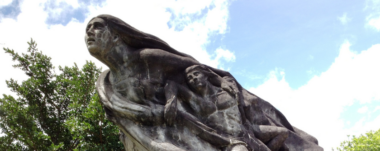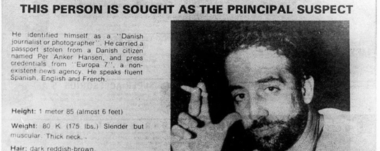In Search Of An Identity: Costa Rica After Independence

In this article, we tell you about the important events in Costa Rica after the Independence that gave birth to the State of Costa Rica.
After independence, Costa Rica found itself in a transitional stage, in which they had to find their own identity and culture.
This is how certain events occurred that were important and that were gradually building the Costa Rica of today.
Pact of Concord (1821)
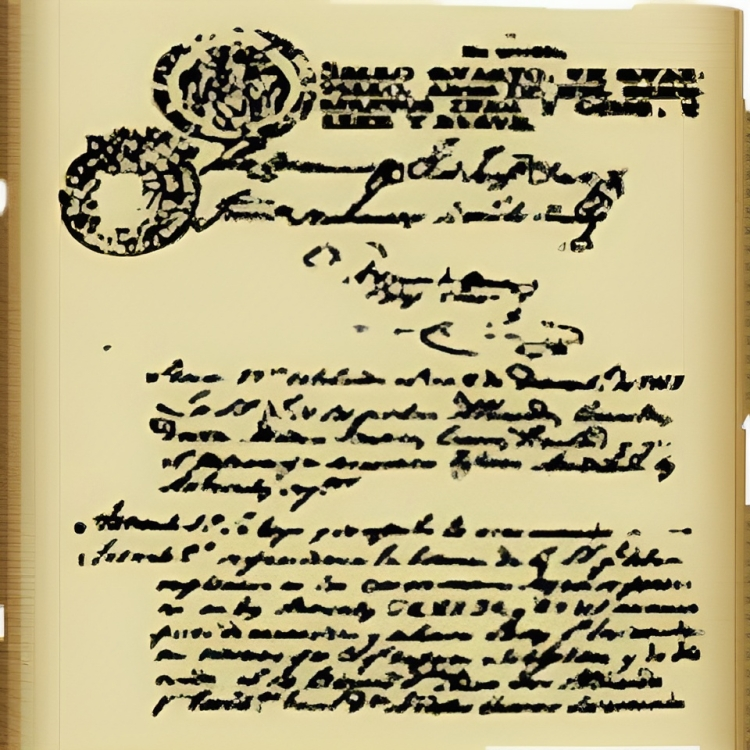
The Pact of Concord was the first provisional Constitution of Costa Rica and was in force from 1821 to 1823.
It was called the Interim Fundamental Social Pact of Costa Rica of the province of Costa Rica. Indeed, it was issued in December 1821 in order to take a post-independence direction.
How did the events occur? In October 1821, the Town Council of Cartago invited the rest of the population of the province of Costa Rica to the Junta de Legado de los Pueblos. In this meeting, the Subaltern Chief Juan Manuel de Cañas resigned and the Government passed into the hands of the Junta. Some time later, it was agreed to appoint a commission of seven members, in charge of drafting a provisional Government Plan.
It was not until December 1 that the document was presented to the Junta and was discussed, amended and approved that same day.
In its content, ideas that emerged after independence are highlighted and it talked about a free Costa Rica, civil liberty, the Catholic religion as the country’s religion, the Junta as the provisional government, the provisional election system and the restrictions of the government.
Ochomogo War (1823)
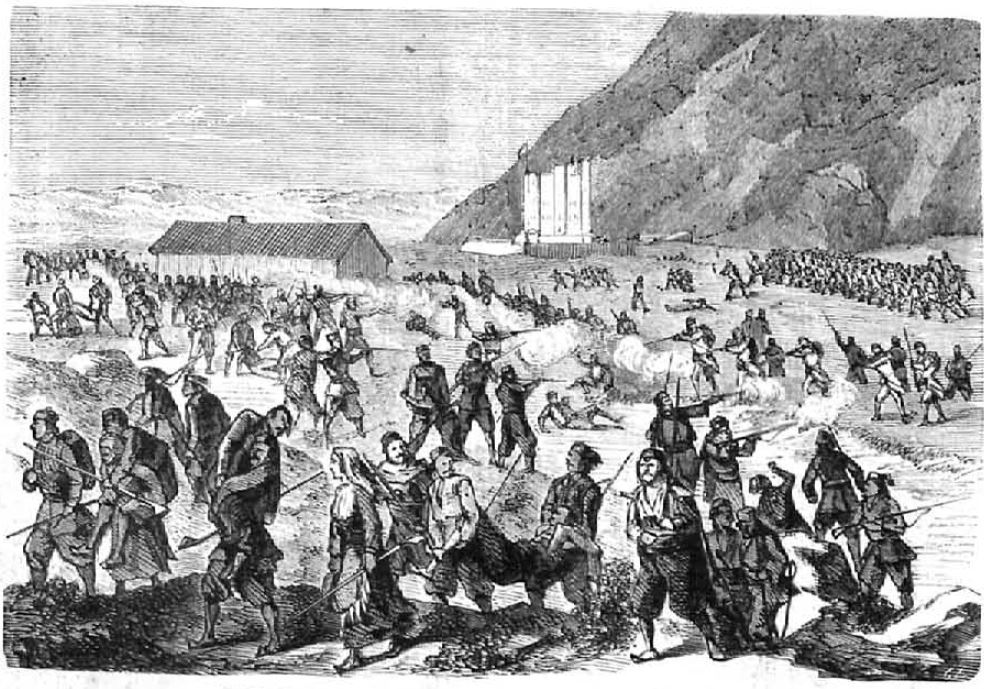
The Ochomogo War or Civil War of 1823 was Costa Rica’s first internal war after its independence from Spain. In this combat two sides confronted each other: the imperialists, in favor of the annexation to the First Mexican Empire; and the republicans, loyal to the independence of the country. The provinces were divided since San José and Alajuela were republican, while Cartago and Heredia were imperialist.
The Battle of Ochomogo was the most important battle of this war and was fought on April 5, 1823 on the hill of Ochomogo.
But why was the country divided? There are many causes. One of them is because the provinces of Cartago and Heredia were agrarian and aristocratic and were controlled by the oligarchs of the country. On the other hand, San José and Alajuela were liberal provinces that were beginning to be part of the Industrial Revolution; on top of that, when Europeans arrived in the country they brought innovative ideas of enlightenment and liberal democracy.
Another cause is the rivalry between Cartago and San José. In fact, Cartago had been the capital of the province of Costa Rica, but, in 1784, the Spanish Government opened the Factoría de Tabacos in San José for the tobacco monopoly in that city. This is how the political rivalry between the two provinces began.
Finally, San José became the province of Costa Rica.
Federal Republic of Central America (1824)
The Federal Republic of Central America was a nation that united the states of Guatemala, Nicaragua, Honduras, El Salvador and Costa Rica. It emerged from the Constituent Assembly of the United Provinces of Central America, through the Constitution of the Federal Republic of Central America of 1824.
Previously, the Mexican Empire negotiated the annexation of the Central American provinces; none agreed, so Mexico militarily occupied the territory of Guatemala and El Salvador. However, after a coup d’état, the empire fell and Central America proclaimed its independence under the name of United Provinces of Central America.
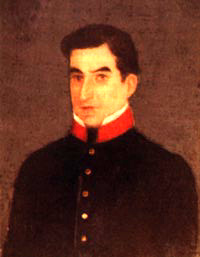
The first governor of the Republic was Manuel Arce, who belonged to the liberal party. Some time later, problems began, since Arce betrayed the liberals after pressure from the conservatives, supported by the church and the landowners. Thus, the Central American Civil War broke out (1826-1829), which ended when Francisco Morazán established order.
At the time peace was achieved, the Central American Federal Republic possessed a strategic territory with the Pacific Ocean on one side and the Atlantic Ocean on the other. Likewise, reforms ahead of their time were established, such as: the abolition of slavery (long before it happened in the United States) and divorce (not to the liking of the Catholic Church).
Due to these reforms and the Central American countries being highly Catholic, a new civil war broke out against Morazán. This time, the countries took advantage of the moment to dissolve the Republic, which disappeared completely in 1841.
Juan Rafael Mora Fernández (1824-1833)
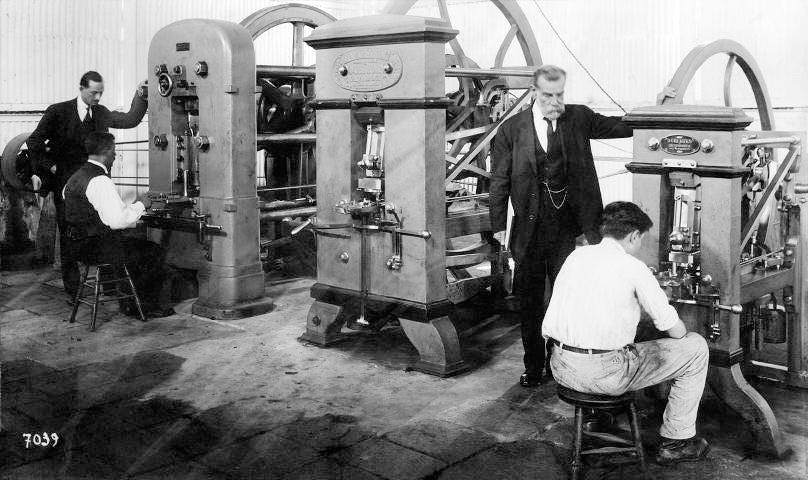
Costa Rica’s participation in the Federal Republic of Central America was limited, but the country benefited from the experience.
In fact, the Republic served as a political school, from which men like Braulio Carrillo emerged. Also, while the other Central American countries were concerned about the destiny of the Republic, Costa Rica separated itself from it. This allowed it to consolidate its own coffee economy, which cemented the national State and created objectives that gave rise to the Costa Rican nationality.
That said, Juan Rafael Mora Fernández was elected as the first head of state and assumed this task in September 1824. Under his mandate, the Fundamental Law of the Free State of Costa Rica was issued, the country’s first coat of arms and the first municipal ordinances were established. It is worth mentioning that it was a period of peace and prosperity.
These were the events that began to shape the Costa Rica we know today.
Sensorial Sunsets
Previous article Costa Rica 202: the Faroleada in Barrio Escalante and the Parades in Parque de la Libertad
Navigate articles




